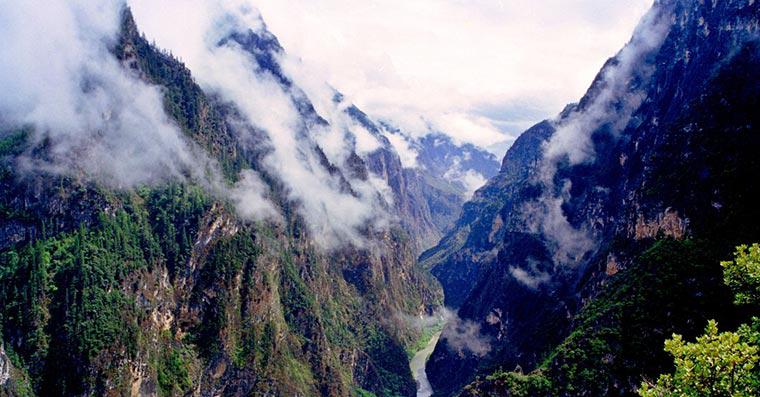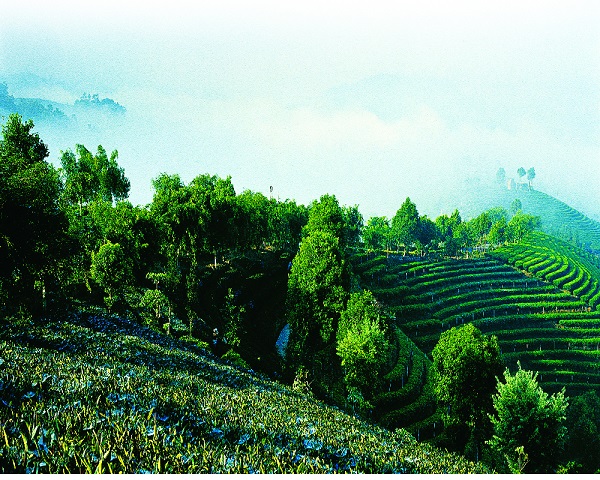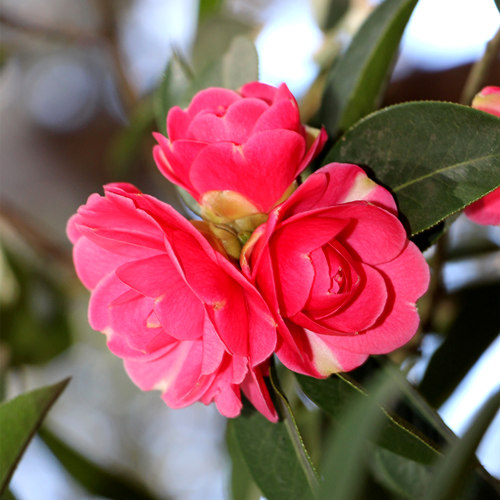
Legends of Lijiang
As told by a legend which was circulated in Nashi, Yulong Snow Mountain and Haba Snow Mountain were twin brothers. They stuck together and helped each other in difficulties, making a hard living by gold washing along the Jinsha River. One day, a monstrous king coming from the north seized the river and drove away all gold diggers.

Yulong and Haba, the twin brothers, were angry and wielded their swords to fight the king. Haba, the younger brother, was finally beheaded by the king after exhausting his strength. Yulong, the elder brother of Haba, continued the fight for three days and nights and broke thirteen swords in the fight. He expelled the king at last. Then, Haba became a snow mountain without peak. However, to prevent the monstrous king from coming back, Yulong held high the thirteen swords day and night, and finally turned into thirteen snow mountains. His streaming sweat in the fight converged into Whitewater River and Blackwater River.

Yulong Snow Mountain was considered as the physical symbol of Nashi. Yulong, the hero in the legend, was taken as the spiritual symbol of Nashi people. Sanduo, the guardian god of Nashi, was thus told to be the incarnation of Yulong Snow Mountain.

Jade Water Village is one of the major sources for rivers in Lijiang, a city full of tourist attractions. Jade Water Village stands at a prominent position. Although less crowded in comparison with other tourist attractions, it is still highly valued by local people because of its historical position as the inheritance center of Lijiang-Dongba civilization, Baishaxiyue music and Leba dance.

When talking about Jade Water Village, local people always said rivers could be found everywhere in mountains no matter how high they are. Spring water rushes out of cliffs and ridges from an elevation of over 3,000 meters, making people extremely surprised. If tracing to the source along the river, tourists will be guided to the depth of forests. The spring water pops out of the roots of two trees with leafy shades. With a history of about 1,000 years, these two maples flourishes with twisting branches, thick leaves, and extensive shades.

Jade Water Village is home to many ethnic groups and it boasts numerous tourist attractions, such as ancient trees, the biggest spring of Yulong Snow Mountain, Dongba Mural Gallery, Dongba Temple for Ancestors, performance of Baishaxiyue music, Nashi ancient buildings, demonstration of local traditional life, Dongba rituals, traditional shrines, performance of Dongba dance, traditional Nashi waterwheels, water-powered trip hammers, watermills, and alpine meadows etc.

The village is a holly place for Dongba civilization around Nashi settlements. The Nature Conservancy appointed Jade Water Village as inheritance center for Dongba civilization and Baishaxiyue music. It is now responsible for discovery, organization, inheritance, research and demonstration of ancient Nashi culture.

Mufu Mansion is an ancient royal building group in Lijiang. It was government office of minority headman in Ming Dynasty, representing the political and cultural center of Lijiang at that time. Mufu Mansion has a history of over 340 years. The part surviving from ancient times was restored in 1999. People often compares Mufu Mansion in South China to the Imperial Palace in North China in terms of their historic importance. A wooden memorial archway can be found among buildings with tile roofs across the bridge with water flowing by. The white marble base carved with sophisticated patterns looks delicate and magnificent, just like an elegant structure in a royal building.

Lijiang city reveals daily life of local folks. As a contrast, Mufu Mansion tells a story about rise and decline of the family of an ethnic headman in Southwest China. By the end of Yuan Dynasty, a Mongolian troop settled down after being defeated at Lugu Lake and married with native residents by the form of “walking marriage” and produced numerous descendants from then on.
Xu Xiake, a traveler in Ming Dynasty, kept a record of Lugu Lake in the Travels of Xu Xiake. The Lugu Lake, together with three surrounding small lakes, were described as four ponds. In addition, three islands surrounded by the four lakes were also recorded in the book which wrote, “three islands stand in the middle of the four ponds”. Hu Dun, a poet of Ming Dynasty wrote, “Lugu Lake ripples with the beauty of autumn; lotus hides itself in the softness of lake water.”
In the reign of Qianlong of the Qing Dynasty, the three small lakes around Lugu was rated as one of the most beautiful scenery by Records of Yongbei Prefecture. Cao Yongxian, a poet of the Qing Dynasty praised Lugu Lake as a wonderland in Penglai. He wrote in his poem, “sign for the pursuit of Qin Shi Huang for immortals; exc



